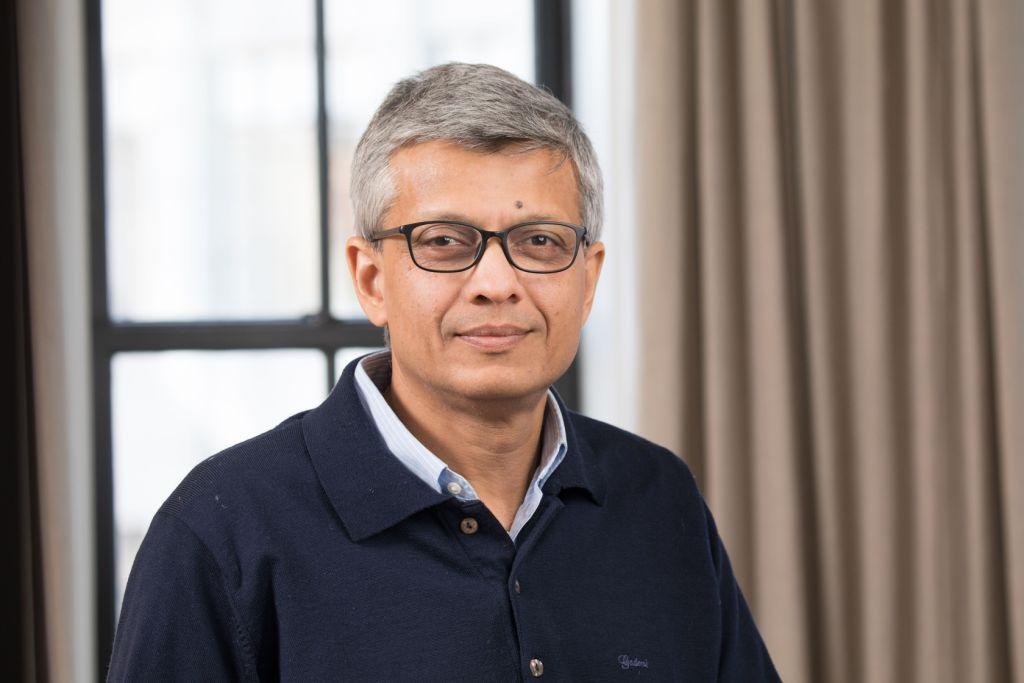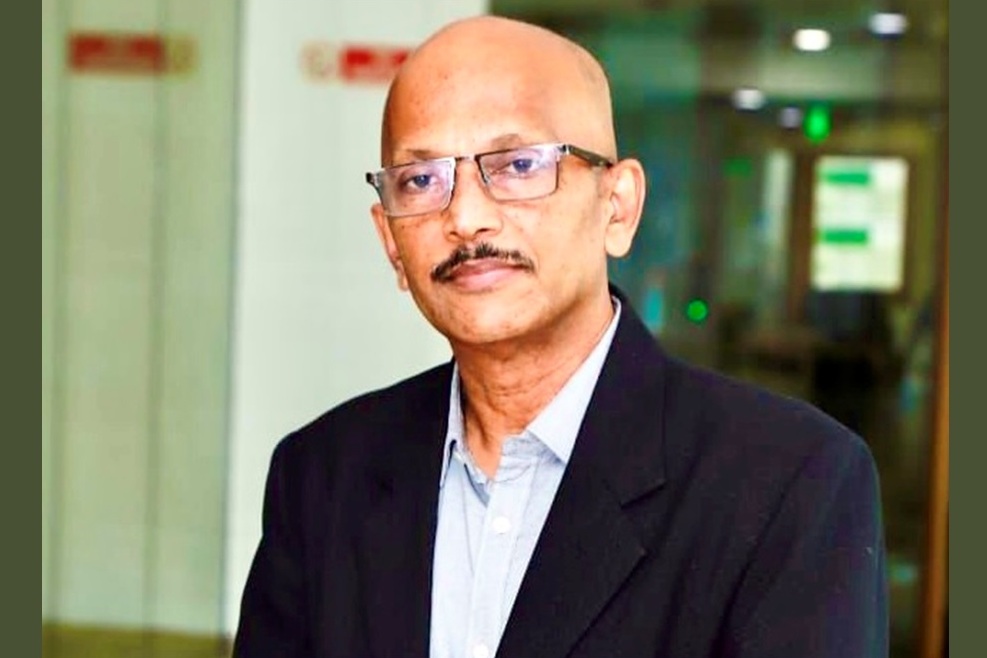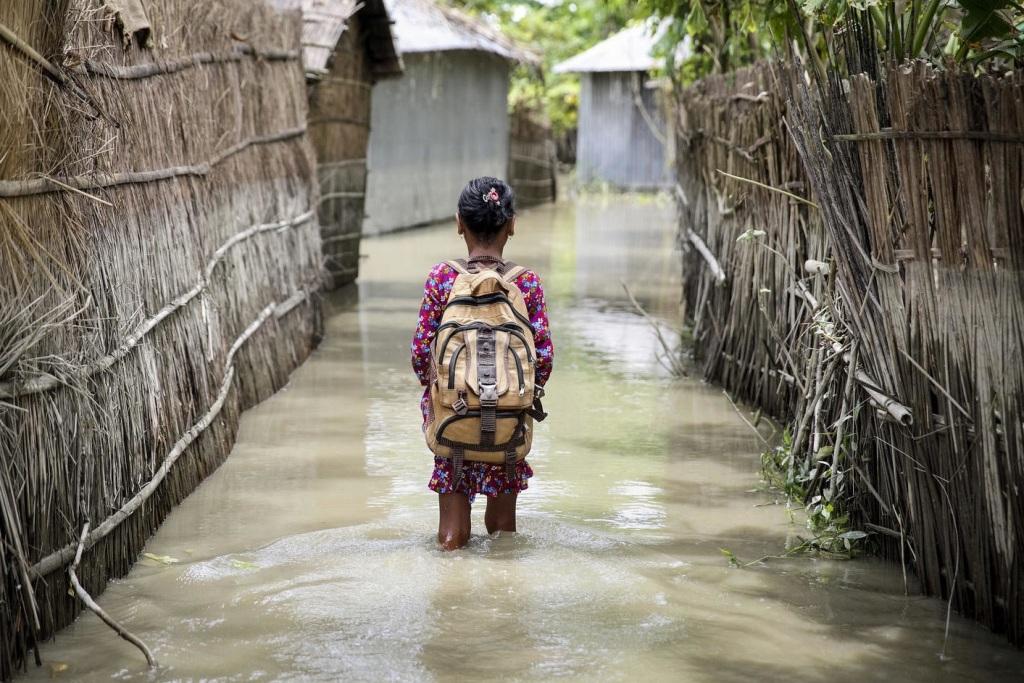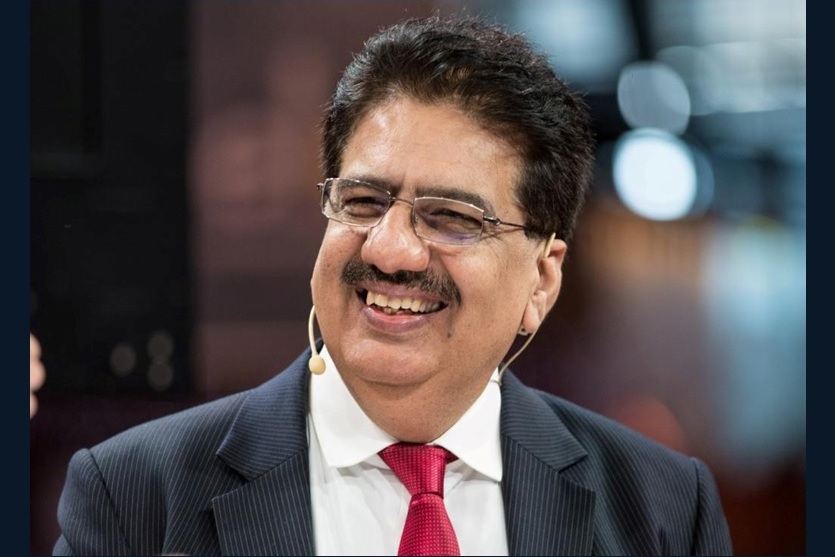In the face of escalating climate extremes, architecture must evolve from aesthetic expression to a force for resilience. In this compelling article, Manit Rastogi, Founding Partner of Morphogenesis, outlines a bold vision for the built environment- one that enables communities to adapt, recover, and thrive in a climate-stressed world.
A globally celebrated architect and sustainability thought leader, Rastogi leads Morphogenesis- one of India’s premier architecture and urban design firm, consistently ranked among the top 100 globally. With over 50 million sq. ft. of sustainable buildings, Morphogenesis has pioneered environmentally responsive designs that conserve resources, reduce carbon, and empower communities. Their landmark projects like the Surat Diamond Bourse reflect a deep integration of ecological intelligence with urban innovation.
Drawing from global models and India’s rich heritage of passive design, Rastogi calls for reimagining architecture as nature-based infrastructure—adaptive, inclusive, and deeply contextual. He argues that the sector must embed resilience into every stage of planning, from participatory design and water-sensitive strategies to policy reform and ESG integration. Rastogi urges the architecture community to move beyond mitigation and toward regeneration- shaping not just buildings, but a more equitable, climate-resilient future.
Architecture for Resilient Communities: Designing for a Changing Planet
Climate change is no longer a looming threat—it is a lived reality. In 2023 alone, India faced its warmest February in recorded history, followed by erratic rainfall and intensifying heat waves across multiple states. According to the Climate Transparency Report, India is among the most vulnerable countries to climate-related disasters, with over 75% of districts classified as extreme event hotspots. These challenges are not only environmental—they are deeply social, disproportionately impacting the poorest and most underserved.
Architecture must evolve against this backdrop. We can no longer think of buildings in isolation. They must be conceived as critical infrastructure in a broader ecological and social system—capable not just of reducing environmental impact, but of actively enabling communities to adapt, recover, and thrive. Resilience, therefore, must be the guiding principle for the AEC sector as it navigates these challenges.
The built environment is both a contributor to and a casualty of climate change. Globally, buildings account for nearly 40% of energy-related carbon emissions. At the same time, poorly planned urbanisation leaves millions exposed to flooding, heat stress, and resource scarcity. The World Bank estimates that by 2050, over 1.2 billion people could be displaced globally due to climate-related risks—a large share from urban centres in Asia and Africa.
This puts architects, planners, and policymakers at a crossroads. We can either continue with business-as-usual development models or embrace a future where buildings become tools of resilience—protecting communities and regenerating ecosystems.
Resilient architecture starts with reimagining nature as infrastructure. Traditional engineering solutions—like concrete flood barriers or air conditioning—are proving unsustainable. Instead, nature-based solutions offer multiple benefits. Urban wetlands, bioswales, green roofs, and permeable surfaces not only mitigate flooding and heat but also restore biodiversity and improve public health.
China’s Sponge Cities initiative is a strong example, redesigning urban spaces to absorb, reuse, and filter rainwater. Similarly, Colombia’s Medellín River Parks project transformed flood-prone zones into green corridors that double as public space. These projects demonstrate how ecology and equity can intersect—if resilience is embedded in urban design from the start.
India’s urban centres face unique pressures: rapid population growth, informal settlements, heat island effects, and shrinking water tables. Yet the country also has a wealth of architectural wisdom rooted in its diverse climates. Stepwells, shaded courtyards, wind towers, and traditional water systems have long provided passive solutions to environmental extremes.
Modern architecture must revive and adapt these ideas to meet current demands. Passive cooling, local materials, daylighting, and water-sensitive design are not merely aesthetic or cultural—they are crucial survival strategies in resource-stressed cities. In low-income and high-density settlements, such interventions can drastically improve comfort, reduce energy needs, and boost climate resilience.
Resilience is not built from materials alone—it is built through participation. Design must be inclusive, not top-down. The people who are most vulnerable to climate impacts—informal workers, elderly populations, women, and children—must be at the centre of planning processes.
Participatory design has proven effective in places like Bhuj, Gujarat, where community-led rebuilding after the 2001 earthquake included climate-adaptive housing and open spaces. Likewise, in Philippines and Bangladesh, localised shelter design adapted to flood-prone areas has significantly improved disaster response capacity. These examples remind us that community knowledge is not a constraint—it is a resource.
Architecture cannot operate in a vacuum. A resilient future demands alignment with broader systems—urban policy, infrastructure investment, and regulatory reform. This includes:
- Updating building codes to require passive cooling, flood protection, and rainwater harvesting.
- Incentivising green infrastructure and community-designed public spaces.
- Linking architectural practice with SDG 11 (Sustainable Cities and Communities) and India’s net-zero by 2070 commitments.
The integration of Environmental, Social, and Governance (ESG) criteria in urban development is also crucial. Investors and real estate developers are beginning to recognize that climate risk is financial risk. Resilient design is no longer a moral imperative alone—it’s an economic one.
Smart buildings and data-driven planning have immense potential—from AI-based energy management to early warning systems and climate-responsive materials. However, technology must be an enabler, not a replacement for contextual intelligence. In many communities, low-tech, locally adapted solutions—such as reflective roofing, shaded streetscapes, or decentralized water systems—can deliver more resilient outcomes than expensive, centralized systems. The key is to integrate innovation without undermining equity.
The climate crisis has exposed the fragility of our cities—but also the power of architecture to drive transformation. Resilience must be embedded in the DNA of urban development. It must be grounded in local knowledge, supported by robust policy, and informed by data. India has an unprecedented opportunity: to lead the world in designing cities that are not only economically robust, but environmentally adaptive and socially inclusive. As architects and urbanists, our role is not just to build—but to empower, to protect, and to regenerate. By putting resilience at the heart of architectural thinking, we can help shape communities that don’t just survive the future—they shape it.

















.jpg)




